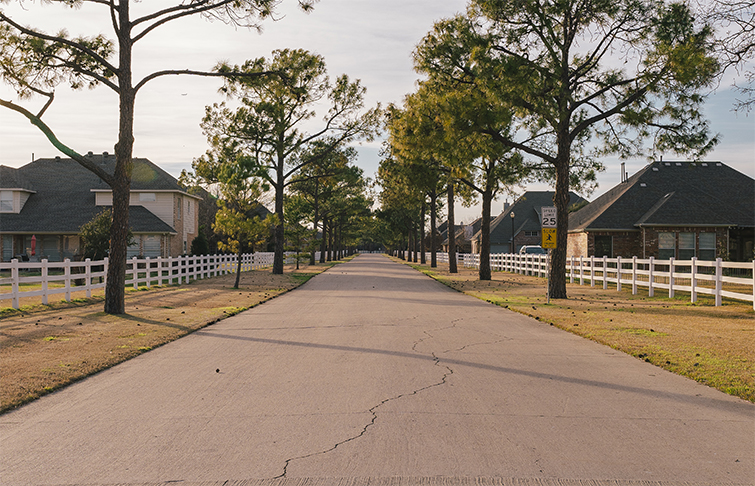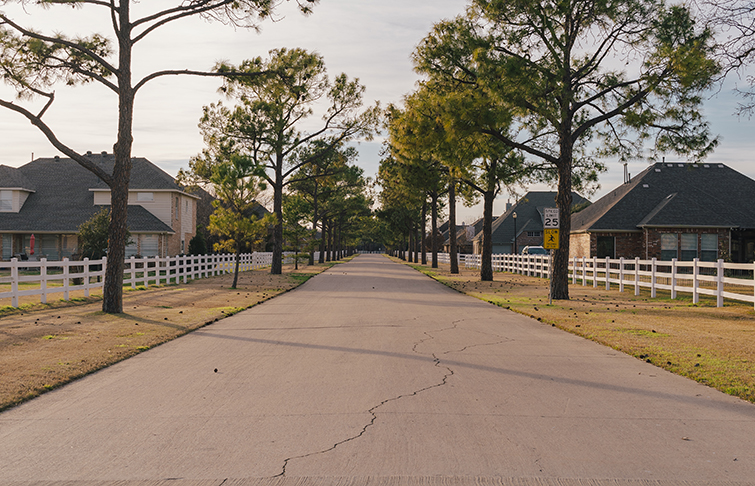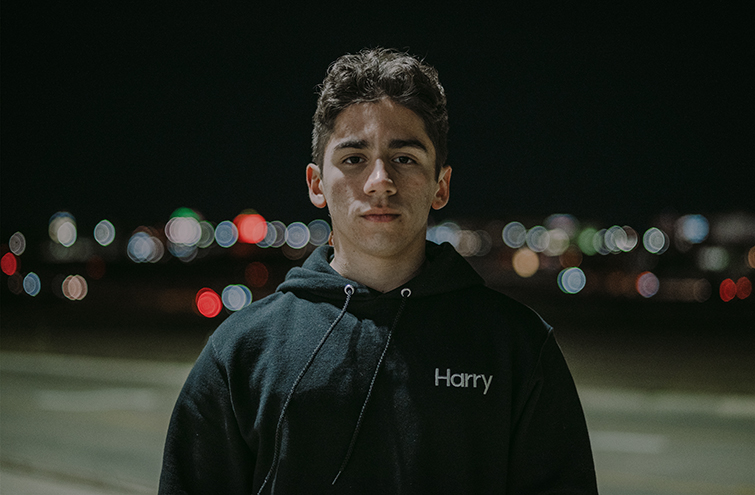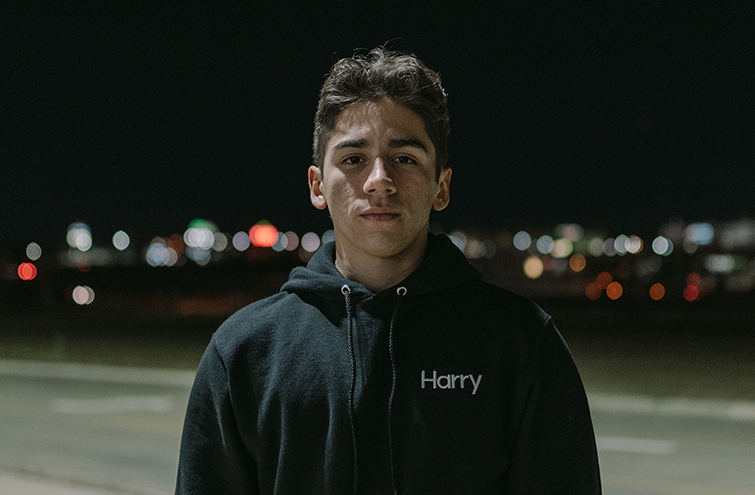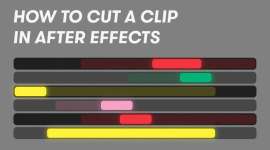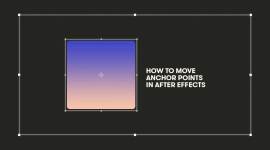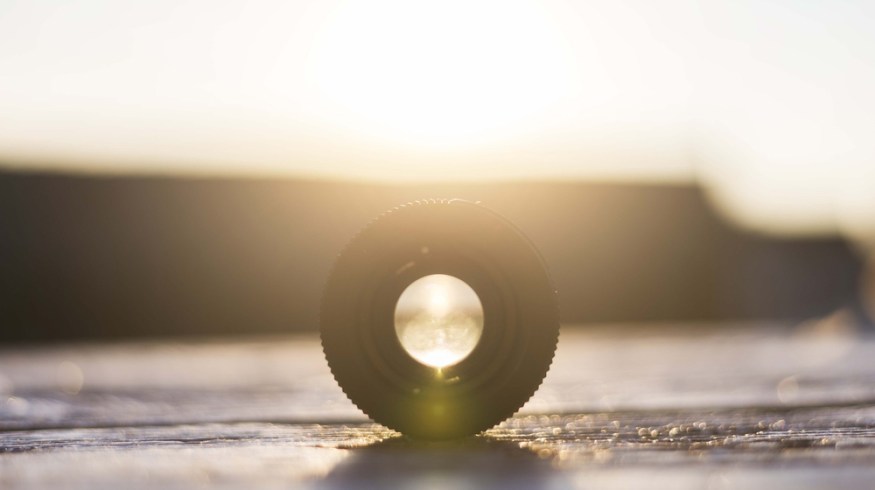
Lens Tips: Doing the Work of Four Lenses with Only Two
Primes vs. zooms. Four lenses out of two. Here are a few considerations to keep in mind when shopping for your first lenses.
So, you come up against the great debate — prime or zoom lenses? Primes are sharp; zooms are convenient. Every first-time lens buyer faces this decision. So, what would you say if I told you that it’s possible to get four lenses out of two? Is it too good to be true or a brilliant, money-saving hack?
First of all, if you’re new to this debate, a prime lens has a fixed focal length and usually opens up to an aperture of f/1.8 — on higher-end lenses, f/1.4 (even, at times, f/1.2). A zoom lens has a varying focal length — most have a widest aperture of f/2.8 (until recently with Canon’s new RF 28-70mm f/2 lens). Secondly, switching from full-frame to APS-C (Super 35) mode, depending on your camera, will usually multiply your focal length by a crop factor of 1.5. For example, if you’re shooting on a 35mm, the new focal length will be 52.5mm in crop mode.
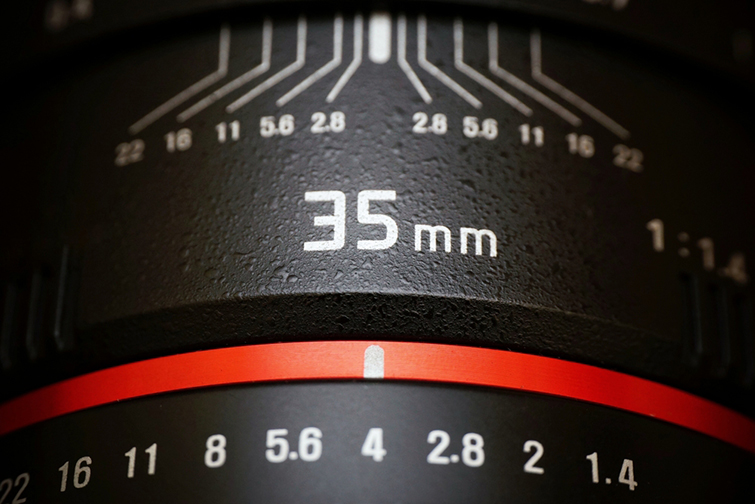
Image via Bhimaphotoworks.
The problem with shooting in super 35 mode is that megapixels get essentially cut in half, so if your camera is 24 megapixels, every picture you take in crop mode will be 10.8 megapixels. If you want to figure out what your camera will be shooting at in crop mode, it’s simple: just take the megapixels and divide it by the crop factor squared, then that will equal the megapixel count for every picture you take in Super 35 mode.
The main argument against primes is that they’re inconvenient, and in order to go from 35mm to 50mm, you have to change lenses. So, if you’re pressed for time, switching between the two might cause you to miss the shot.
The problem with zoom lenses is that they can be massive and expensive — and if you’re a big bokeh fan, depending on the focal length, you won’t get the same creamy, soft bokeh that you would from a wide-open aperture like f/1.4. So, they both have their pros and cons.
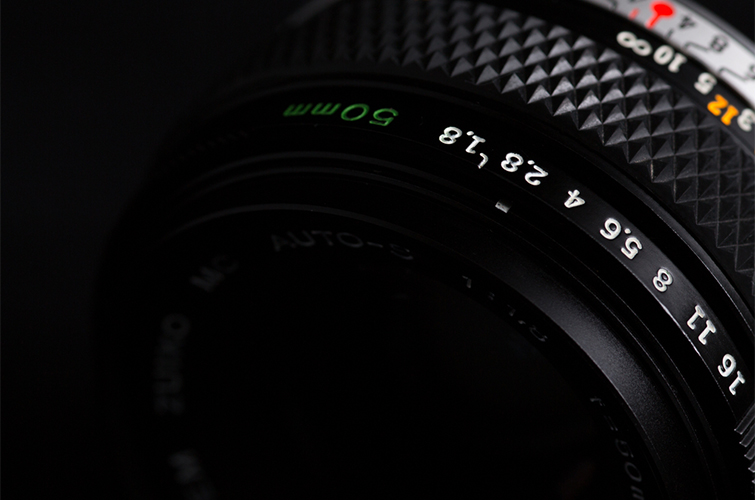
Image via dgkphotography.com.
So, is there a solution?
First, let me say that if you don’t have a camera capable of switching between Super 35 and full-frame, this technique won’t work for you. If you own a 35mm and an 85mm, you can cover focal lengths ranging from 35mm to an unusual 127.5mm, but you still get a wide range of focal length options. Essentially you can get a 50mm from a 35mm and a 127.5mm lens from an 85mm, so you get to cover 35mm, 50mm, 85mm, and 127.5mm. This technique is great for new photographers or videographers who want to buy new lenses but can’t always afford it.
But how does a 35mm in crop mode compare to a native 50mm? Is it really a viable alternative to buying a 50mm or a 135mm? To answer this question, I went out and compared the two.
35mm in crop mode:
50mm:
Looking at the two pictures, it’s hard to tell which is which. The two look almost identical, which was really surprising to me. You can see the differences when you layer them over each other and turn down the opacity for the top layer to around 50 percent. The 50mm compresses the image slightly more in certain areas, which causes it to wrap differently than the 35mm. I also noticed that the 35mm gave the image some more depth while maintaining the foreground just like the 50mm. It added an interesting look to the image.
50mm:
35mm in crop mode:
When shooting portraits, bokeh and background compression between the two turned out considerably different. With the 35mm, the bokeh were not as large, but they were still pleasing to the eye and had a nice shape. The 50mm’s bokeh were a lot larger, and the background seemed much more compressed. In this case, the 50mm was better, but not by much.
So, is using Super 35mm mode a good option if you’re trying to save money? It definitely is, but it’s not for everyone. If you’re pursuing photography as a career, I would recommend spending the extra money on higher-quality lenses at different focal lengths. I don’t see any problems with using this method professionally for architecture or interior photography, but for headshots or creative portraits, a native focal length would be a better option if you want to get maximum results. For beginners though, or even intermediate photographers, this is a great way to save money and invest the extra cash on more gear.
Cover image via Djordje Novakov.
Looking for more camera tips and tricks? Check out these articles.

